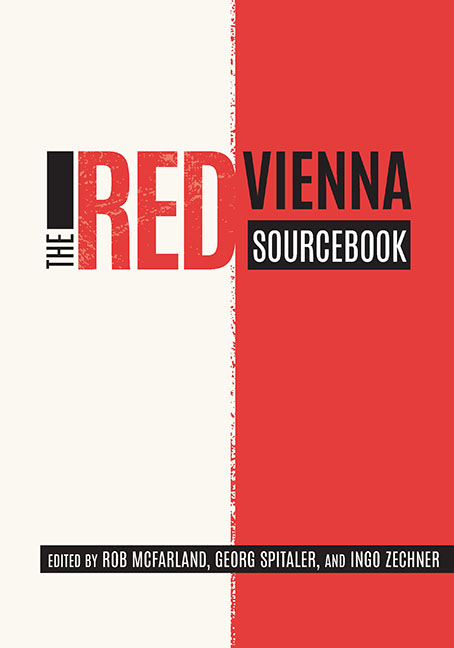Book contents
- Frontmatter
- Contents
- Acknowledgments
- Permissions and Credits
- A Note on the Structure of This Book
- Introduction
- Part I Foundations
- Part II Philosophies
- Part III Identities
- Part IV New Values
- Part V Social Engineering
- Part VI Vitality
- Part VII Housing
- Part VIII Cultural Politics
- Part IX Mass Media
- Part X Exchange
- Part XI Reaction
- Part XII Power
- Chronology
- References
- Contributors
- Index of Subjects
- Index of Persons
Chapter 8 - Post-Empire
Published online by Cambridge University Press: 23 October 2020
- Frontmatter
- Contents
- Acknowledgments
- Permissions and Credits
- A Note on the Structure of This Book
- Introduction
- Part I Foundations
- Part II Philosophies
- Part III Identities
- Part IV New Values
- Part V Social Engineering
- Part VI Vitality
- Part VII Housing
- Part VIII Cultural Politics
- Part IX Mass Media
- Part X Exchange
- Part XI Reaction
- Part XII Power
- Chronology
- References
- Contributors
- Index of Subjects
- Index of Persons
Summary
A KEY SET OF CHALLENGES faced by the leaders of Red Vienna involved addressing the legacy of the Austro-Hungarian Empire: What was to be done with the palaces, castles, and villas left behind by the Habsburgs? How should the new state, German Austria, position itself vis-à-vis the recent imperial past? What did it mean for Austrians to no longer see themselves, or their Viennese capital, stationed at the helm of a multinational empire?
A March 1919 article in the Arbeiter-Zeitung engages these questions and envisions Vienna as a city threatened by the presence of its post-imperial past. Published just as German Austria's democratically elected Constituent National Assembly was set to convene for the first time, the article questioned what role the Hofburg—the imperial palace of the Habsburgs that had served as the governing center of the now deposed monarchy—would play in this new, post-imperial order. Ominously titled “The Lurking Monster,” the essay warns that although the Hofburg may appear empty and lifeless, it is actually only feigning sleep. In reality, it is a vengeful giant lying in wait—its arms outstretched to capture its enemies in its planned return to power.
Both materially and ideologically, the Hofburg stood for the larger question of whether an imperial metropolitan infrastructure built to meet the needs of a vast, multiethnic empire could now be repurposed to serve the democratic project of the new German-Austrian state. The Hofburg, which today remains the largest secular building complex in Europe, had been built over the course of centuries: Vienna had been the center of a growing dynastic realm, and new wings were added to the Hofburg as the Austro-Hungarian Empire grew to include over fifty million inhabitants and territories spanning from Bohemia and Galicia in the north to Transylvania and Bukovina in the east and Dalmatia and Bosnia in the south. Once the second-largest empire in Europe (after the Russian Empire), Austria-Hungary now lay in ruins.
A milestone on its path to collapse had been presented by US President Wilson's landmark Fourteen Points speech of January 1918, in which he outlined his program of peace in Europe. Guided by the “principle of self-determination,” Wilson promised autonomous development to national groups enclosed in empires. The German population of Austria-Hungary anticipated this principle would also apply to them, and they therefore joined other national groups in organizing themselves politically.
- Type
- Chapter
- Information
- The Red Vienna Sourcebook , pp. 153 - 172Publisher: Boydell & BrewerPrint publication year: 2019



